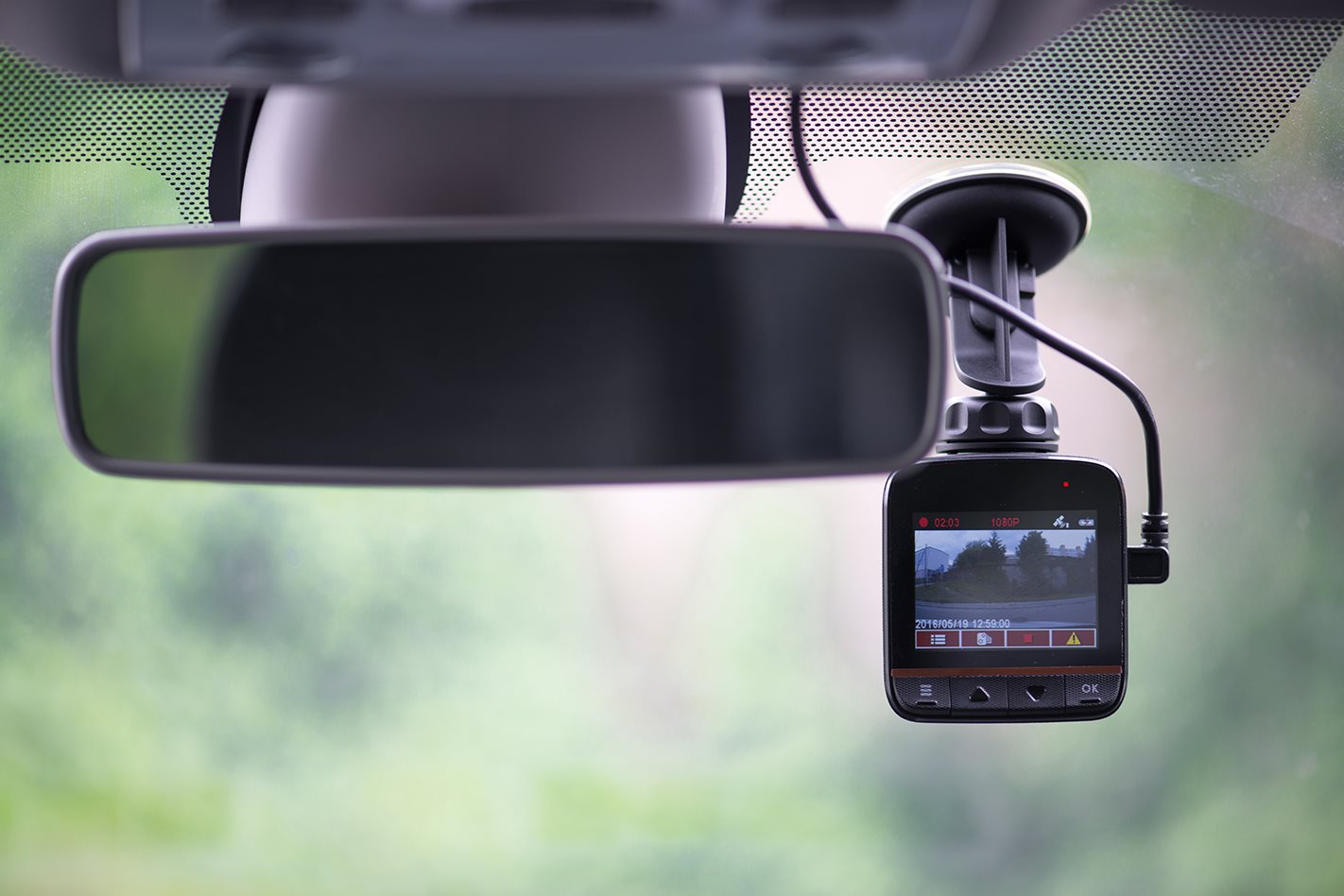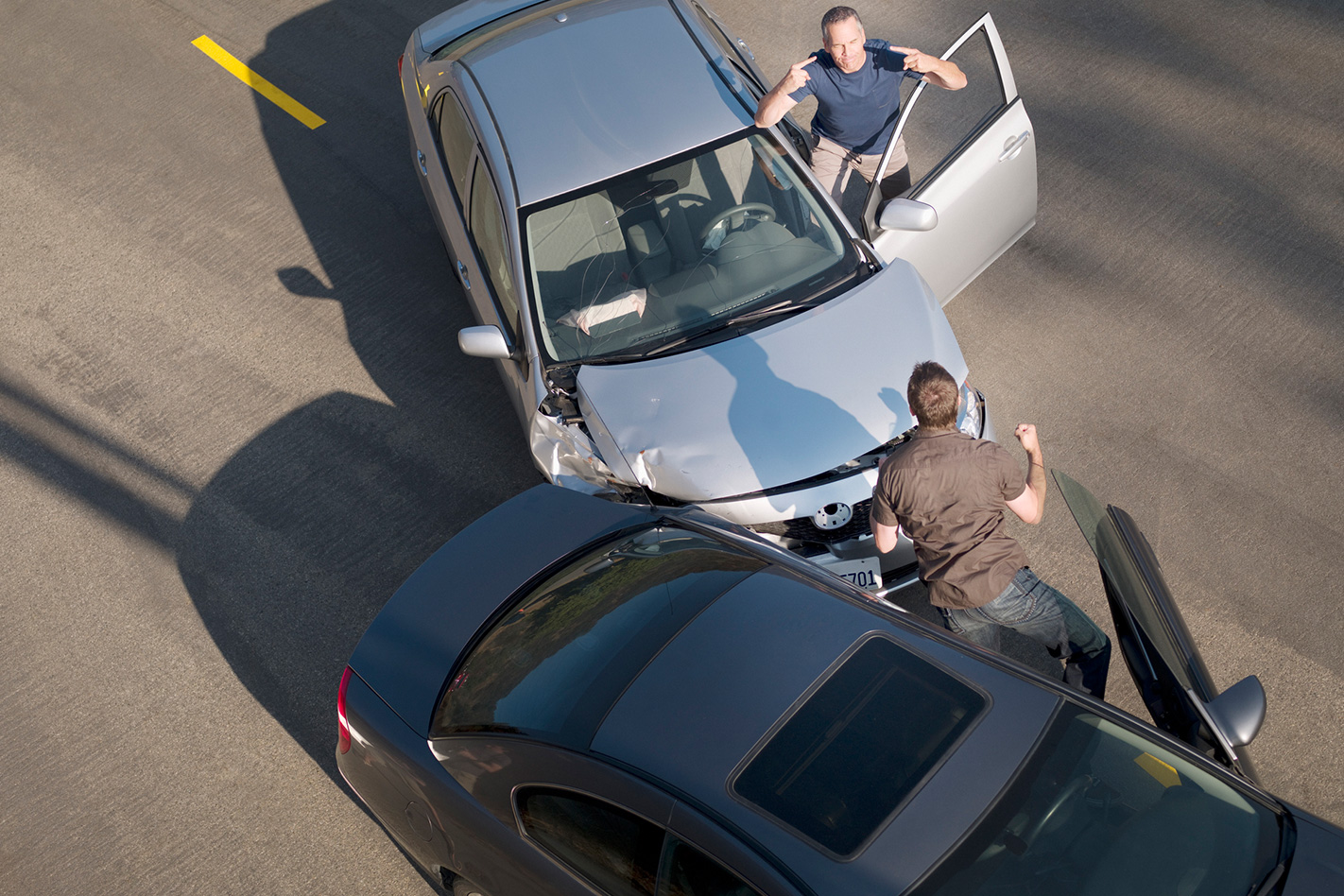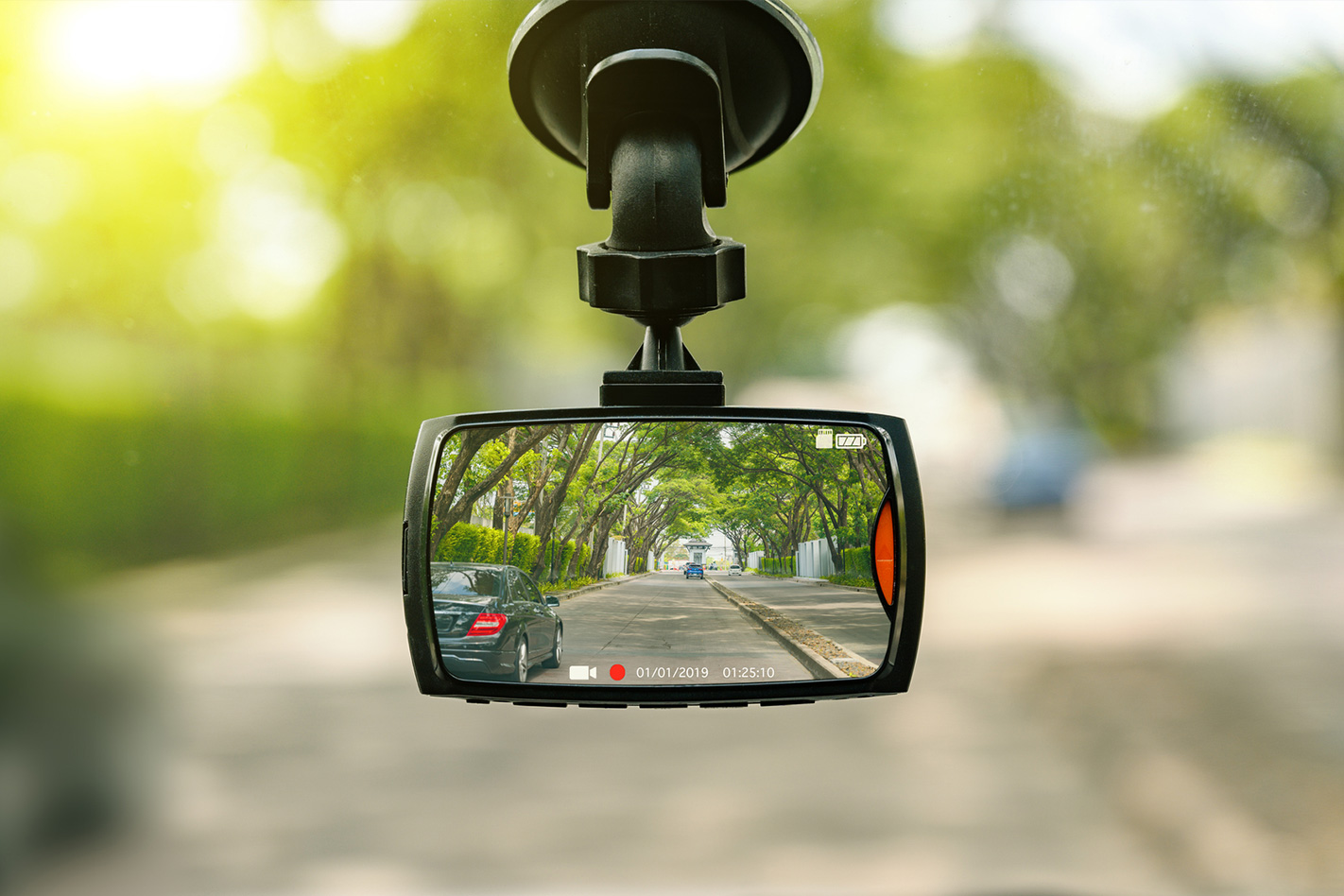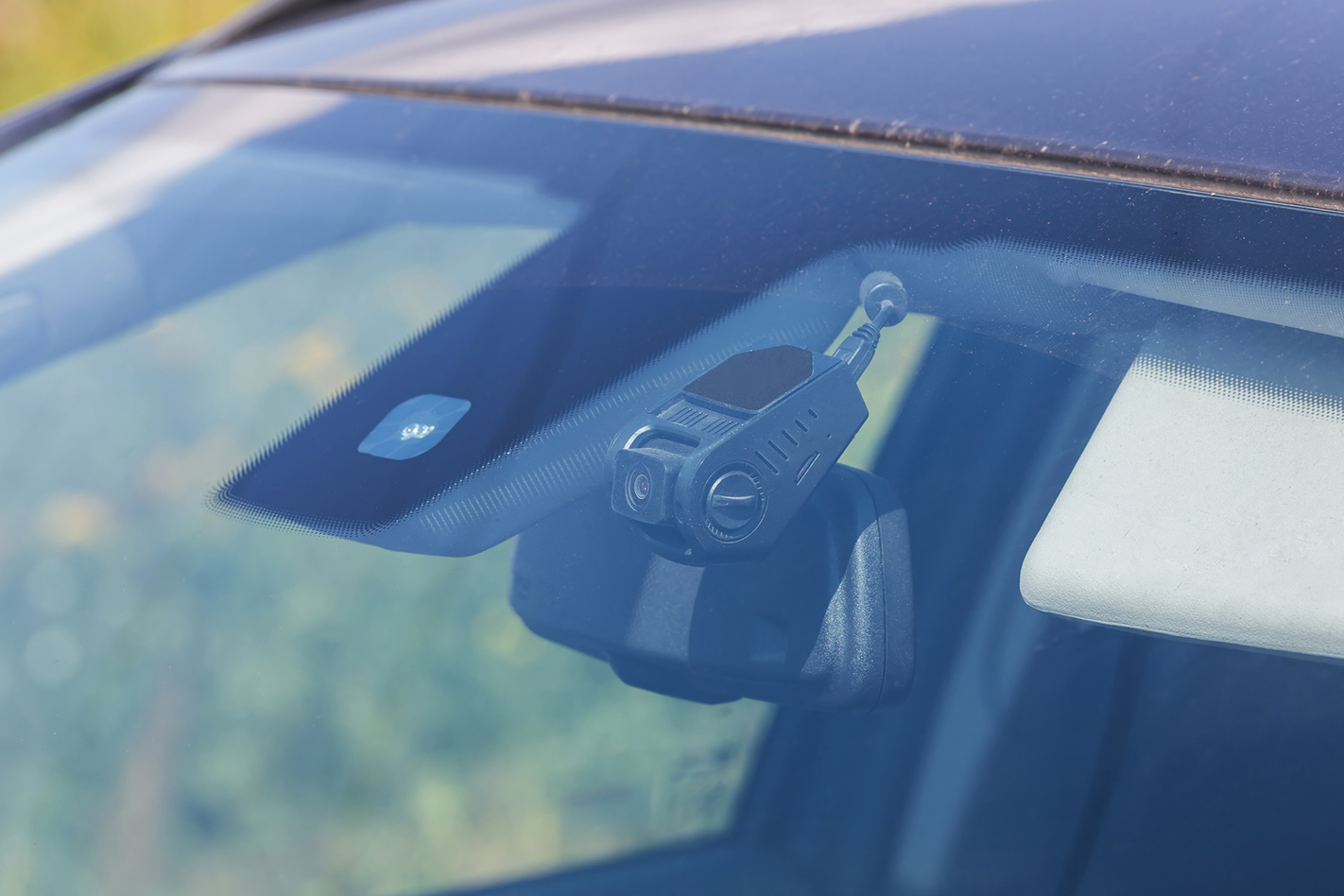
Picture this: You’re driving along and an erratic driver cuts you off. You slam on your brakes but it’s too late and you suddenly you find your bonnet’s metal crushed into another car’s rear.
There’s glass covering the road, a puff of steam rising from your car, and a spray of obscenities uncontrollably leaking from your lips because you know what’s to follow.

Nose-to-tail accidents are usually open-and-shut cases in the eyes of the police and insurance companies, and if it’s your bonnet in someone else’s boot, then it’s likely to be your backside on the chopping block too.
| Read next: Bizarre dash cam footage shows insurance scams are alive and well
Incidents where drivers have purposely tried to cause other drivers to ram in to the back of them (the so-called “brake check”), or desperate pedestrians jumping in front of moving cars aiming to collect a compo payout (common in some countries), have increased the popularity of dash cams. For many motorists, it’s cheap insurance.
Dash cams are dashboard-mounted cameras that record the road ahead of you as you drive and can cost anywhere from $40 to $500, depending on the level of sophistication you want. They offer a range of features including recording sound as well as vision, night-vision, GPS logging, automatic save and rear view recording. They work by continually recording and saving footage in a rolling ‘buffer’, but only saving that footage when the driver presses a button.
Nobody can predict a crash, but as long as you hit that button after the incident occurs, you’ll have at least a couple of minutes of footage leading up to that point. Models with larger memory storage can buffer more footage, and some will automatically start saving footage if sudden deceleration is detected.

Their purpose is to offer drivers access to extra evidence when making a claim or police report, rather than purely relying on their own version of the story, which can be disputed by witnesses and the other party’s version of events.
| MORE Victorian motorist nabs dodge speed camera with dash cam
Experts suggest that while the footage can be used to support your statement, you should still take the usual steps post-accident: speaking to eye witnesses, exchanging details where possible, taking photos of the damage and filing a police report as soon as possible.

While some countries offer insurance discounts for drivers who own a dash cam, Australian insurance companies have not yet caught on to the trend, so while it may save you money on excess at claim time, it doesn’t save anything on insurance premiums.
Dash cams will also come in handy if you’ve got a young driver starting off behind the wheel, and you’re worried about how disciplined they’ll be when you’re not in the passenger seat, this is a good way to let your teen roam-free while still keeping a close eye on their driving behaviour. On top of that, some dashcams can remain powered on even when the car is parked and not running, automatically recording if they detect motion in front of them or the car is jostled by an external force – great for gathering evidence of vandalism or a hit-and-run.
Although dash cams can cost you a few hundred dollars initially, they could potentially save you thousands of dollars in the long run should you find yourself disputing an accident.



